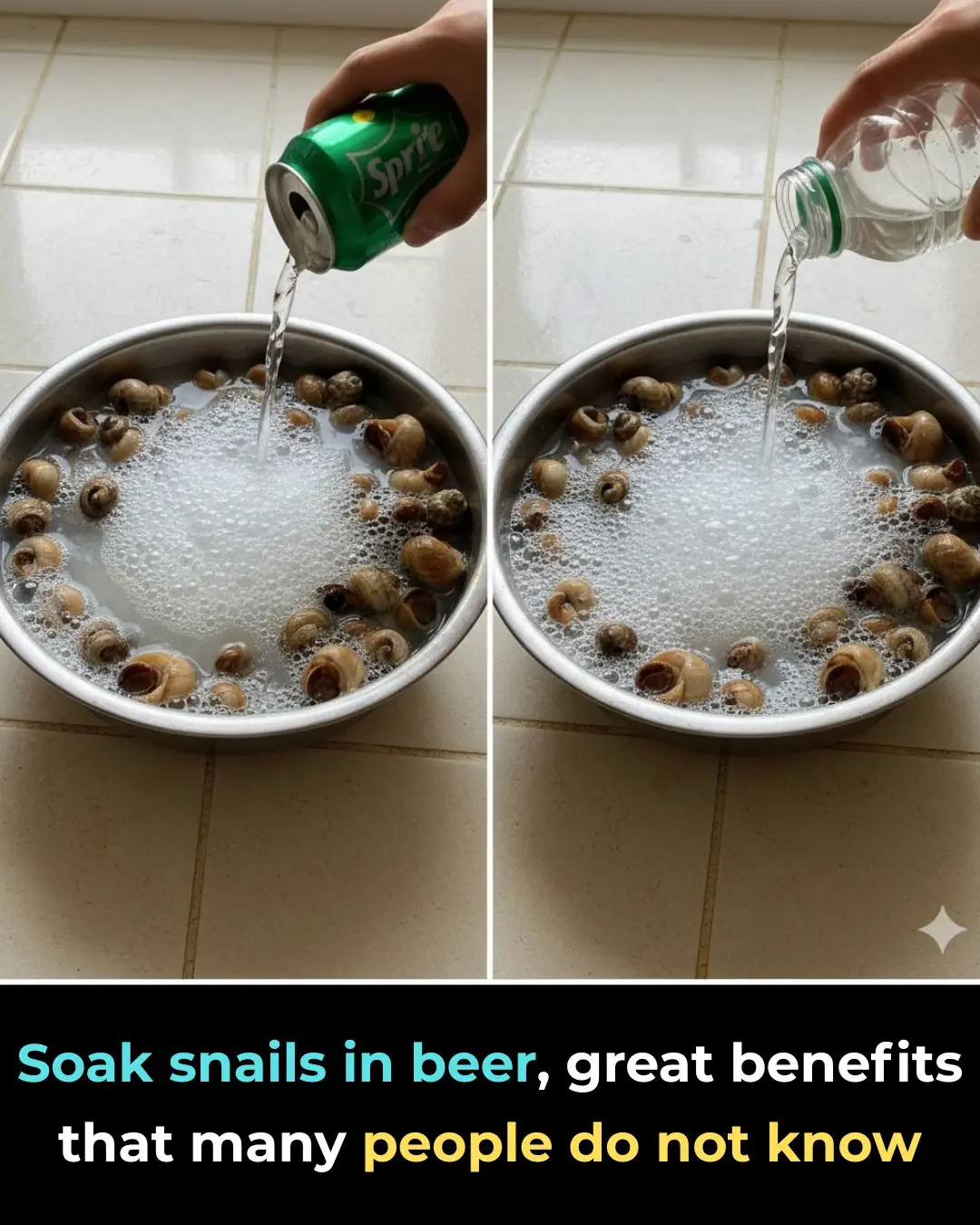
Gas stove users should know what to do with just a toothpick: It can help reduce gas bills a year.
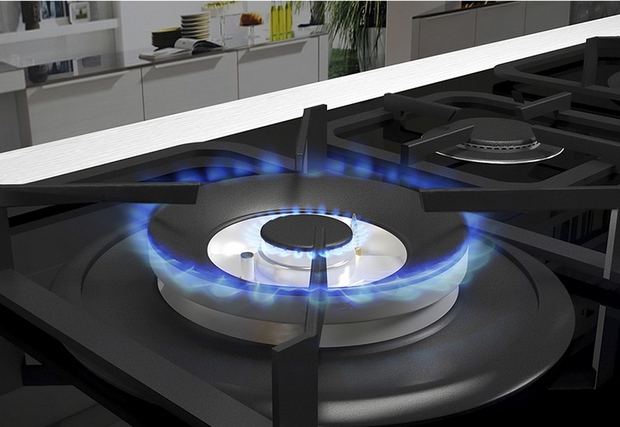
Solve Gas Stove Issues with Simple Actions and Save on Gas Usage
Even small actions can help households address common issues with their gas stoves while also reducing gas consumption and saving on utility costs.
When we think of a family kitchen, the cooking stove is undoubtedly one of the most essential appliances. Among the many types of stoves available today, the gas stove remains one of the most popular choices for households due to its convenience and ease of use.
Gas stoves are favored because of their simple operating mechanism. When the stove is turned on using either an electronic ignition button or a mechanical knob, gas from the cylinder travels through the connecting pipes to the stove’s burners. At the same time, a ceramic piezoelectric igniter or an electronic circuit generates a spark that ignites the gas, producing flames that emerge from the burner nozzles.
Fixing Gas Stove Problems with Just a Toothpick
Normally, the flame of a gas stove should be blue and even. However, if the flame turns red, burns unevenly, or flickers on and off, it indicates that the stove is experiencing a problem. Over time, this not only makes cooking less efficient but also consumes more gas and increases household expenses.
Experts suggest that, in many cases, the solution can be as simple as using a single toothpick. The main cause of such flame problems is usually a lack of regular cleaning, especially in the tiny holes of the burner nozzles. These areas often accumulate dirt, grease, food particles, or gas residue, which can block the flame.
To clean, gently insert a toothpick into the burner holes to dislodge any debris. For a deeper cleaning, remove the burner core completely and continue cleaning each nozzle using a toothpick. Wash the core with clean water and a specialized cleaning solution, then let it air dry or wipe it with a soft cloth before reinstalling.
After this process, the flame should burn evenly and steadily, improving cooking efficiency and reducing gas consumption. To test, turn on the stove and observe the flame. A stronger, consistent flame indicates that the blockages in the burner nozzles have been successfully cleared.
Additional Tip: Turn Off the Gas Valve After Cooking
Gas distributors recommend taking an extra step to prevent leftover gas residue in the pipes and burner. After cooking, close the gas cylinder valve before turning off the stove. This ensures that any remaining gas in the pipe is completely consumed, prevents potential leaks, and reduces the risk of sudden flame bursts the next time the stove is used.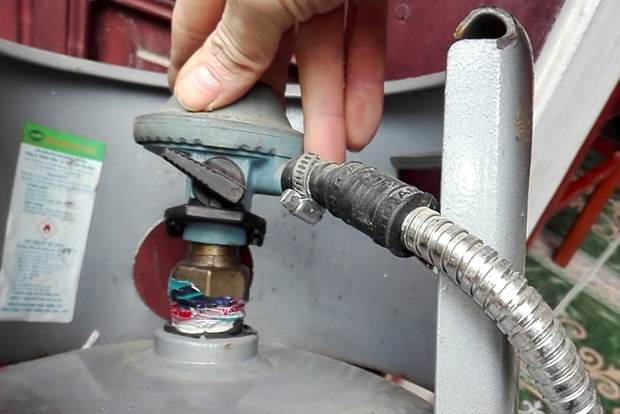
Tips for Efficient Gas Stove Use
To further save gas and reduce cooking costs, households can follow these practical tips:
-
Avoid cooking at excessively high heat
Many people believe that cooking on the highest flame speeds up the process and saves gas. However, this is often counterproductive. For example, when boiling water, once it reaches a boil, reduce the flame to the lowest setting. Using the highest flame does not make water boil faster but wastes gas. High flames can also disperse heat inefficiently, causing food to cook unevenly. Cooking at moderate heat ensures food cooks thoroughly while conserving gas. -
Limit frequent turning on and off of the stove
Repeatedly turning the stove on and off during cooking not only wastes gas but also shortens the stove’s lifespan. To cook efficiently, prepare all ingredients in advance and plan the dishes. This allows continuous cooking, producing better results and avoiding unnecessary gas waste. -
Keep the pot lid on after cooking
After cooking, if the food is not consumed immediately, keep the lid on. This retains heat, reducing the need to reheat and preventing gas waste. It also preserves nutrients in the food that could evaporate if left uncovered. -
Choose the right pots and pans
While gas stoves are generally compatible with many types of cookware, the efficiency of heat transfer matters. Use pots and pans made of copper, stainless steel, or thin-bottomed materials for faster cooking, which saves gas. Ensure cookware is in good condition—no cracks, dents, or warping—as damaged cookware reduces heat absorption and increases cooking time. -
Match pot size to food quantity
Always use cookware that fits the amount of food being cooked. Cooking a small quantity in a large pot wastes gas, while using appropriately sized cookware ensures efficient heating and reduces fuel consumption. -
Maintain regular stove cleaning
Frequent cleaning of the burner, pipe connections, and nozzles helps prevent blockages and maintains consistent flame performance, ultimately saving gas and prolonging the stove’s lifespan.
By implementing these simple practices, families can not only solve common gas stove issues but also enjoy safer, more efficient, and cost-effective cooking at home. Small steps like cleaning, moderating flame, and proper cookware selection can lead to noticeable savings over time while keeping your kitchen running smoothly.
News in the same category


Tips for polishing leather shoes without using shoe polish, only use household materials

The most effective way to get rid of ants from the house using spices that every family uses, easy to see results immediately
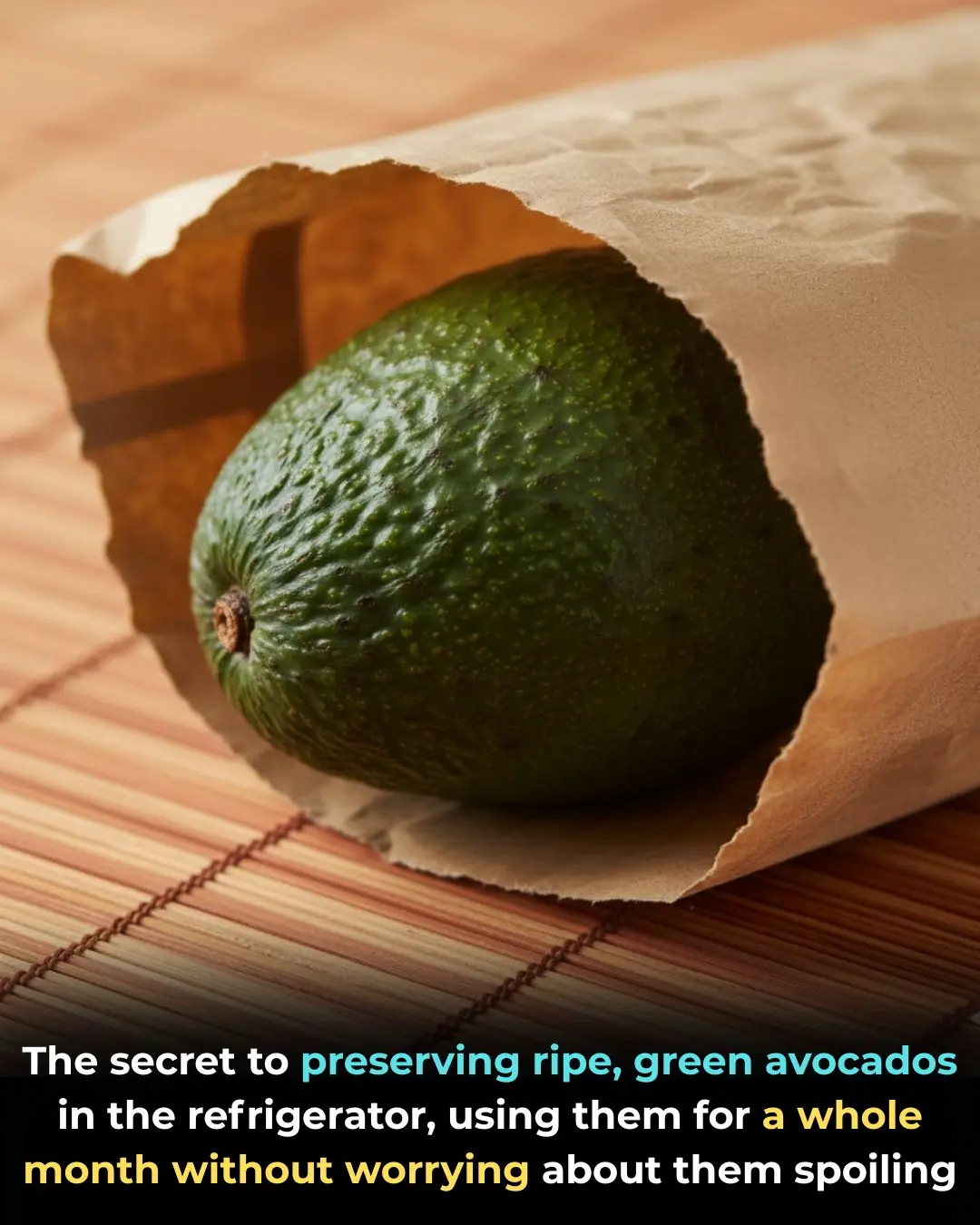
The secret to preserving ripe, green avocados in the refrigerator, using them for a whole month without worrying about them spoiling

Mosquitoes fear this the most. Put it in the house and you won't see any mosquitoes, sleep well all night.

How does the washing machine self-clean mode work?

Woman Develops Liver Cancer from Eating Peanut Butter on Bread, a Common Habit Many People Share

7 Early Warning Signs of Stomach Cancer Everyone Should Know Before It Spreads
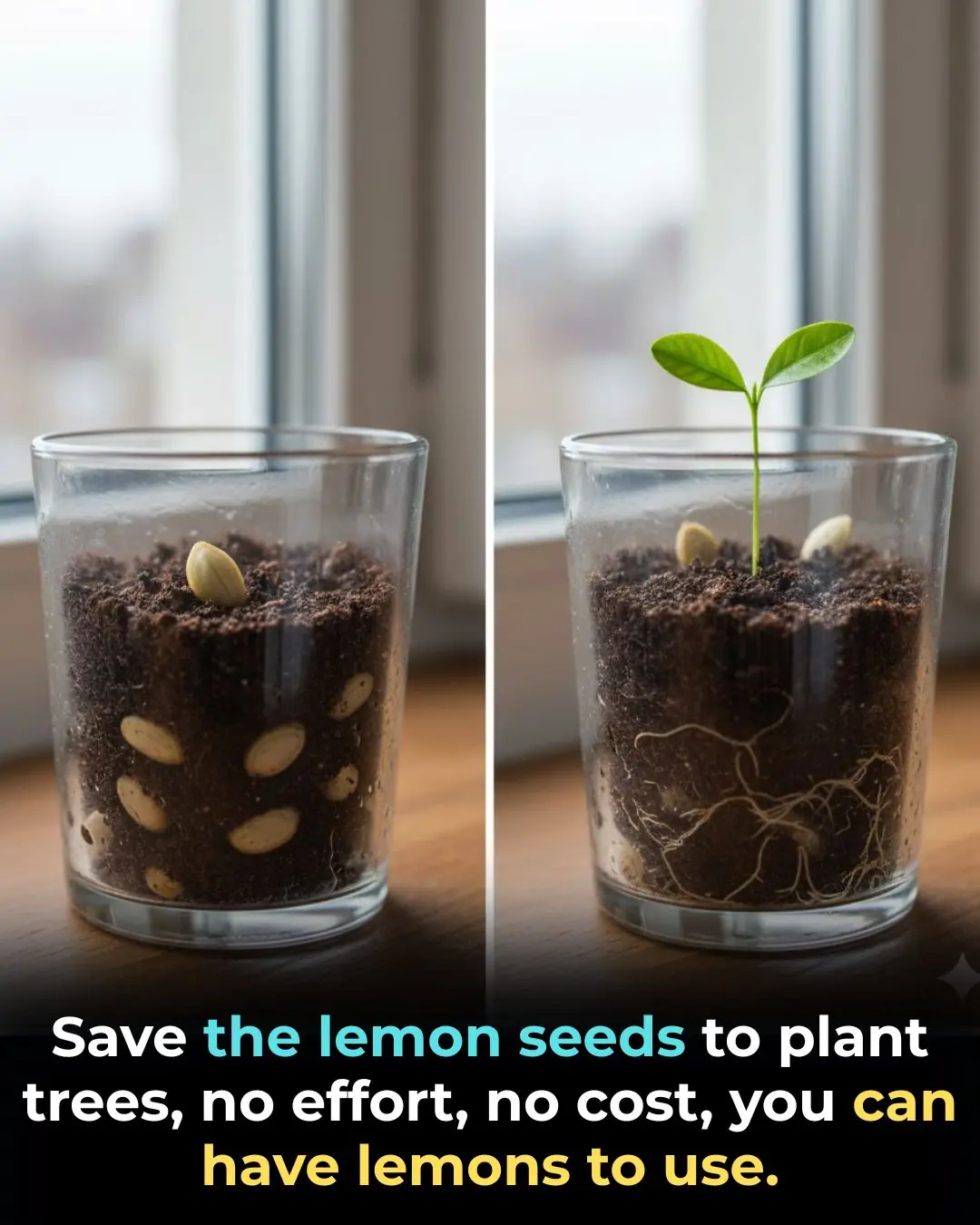
Grow a Lemon Tree From Seeds — No Cost, No Effort, and Fresh Lemons Whenever You Want

Three Types of “Lumps” on the Body That May Indicate Cancer — A Warning for Both Men and Women of All Ages

Why should you drop a clove of garlic into the toilet at night?

4 ways to boil chicken without water

Rice water is like gold in the house if you know how to use it for these things

I Just Discovered the Benefits of Hanging a Bottle Cap on a Keychain

4 Dangerous Mistakes When Using an Air Fryer: Risks of Food Poisoning, Cancer, and Fires

Lady places cup of vinegar into microwave. Here’s the genius reason why
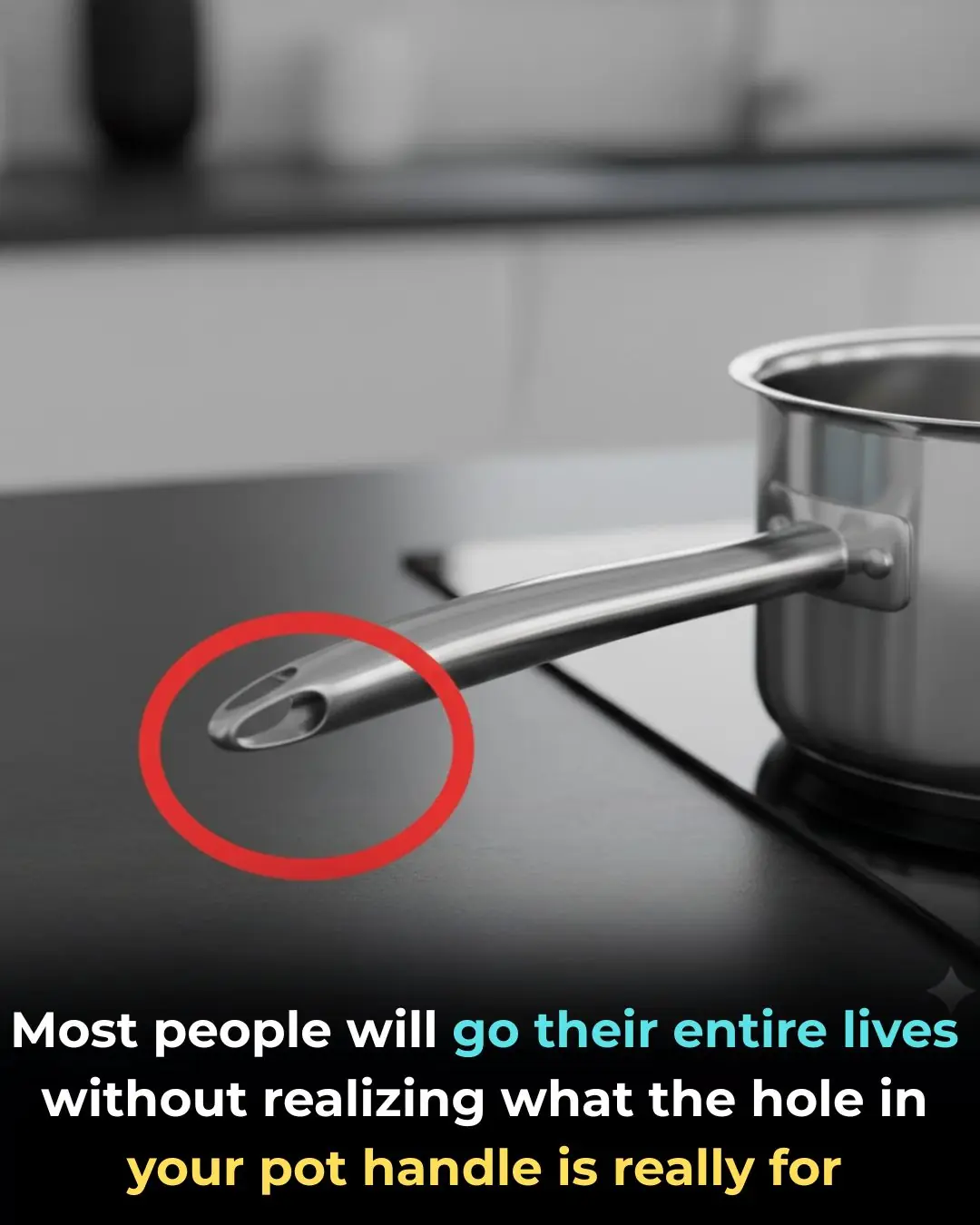
I had no idea this was a thing

6 ways to use wind oil to help repel mosquitoes extremely well
News Post
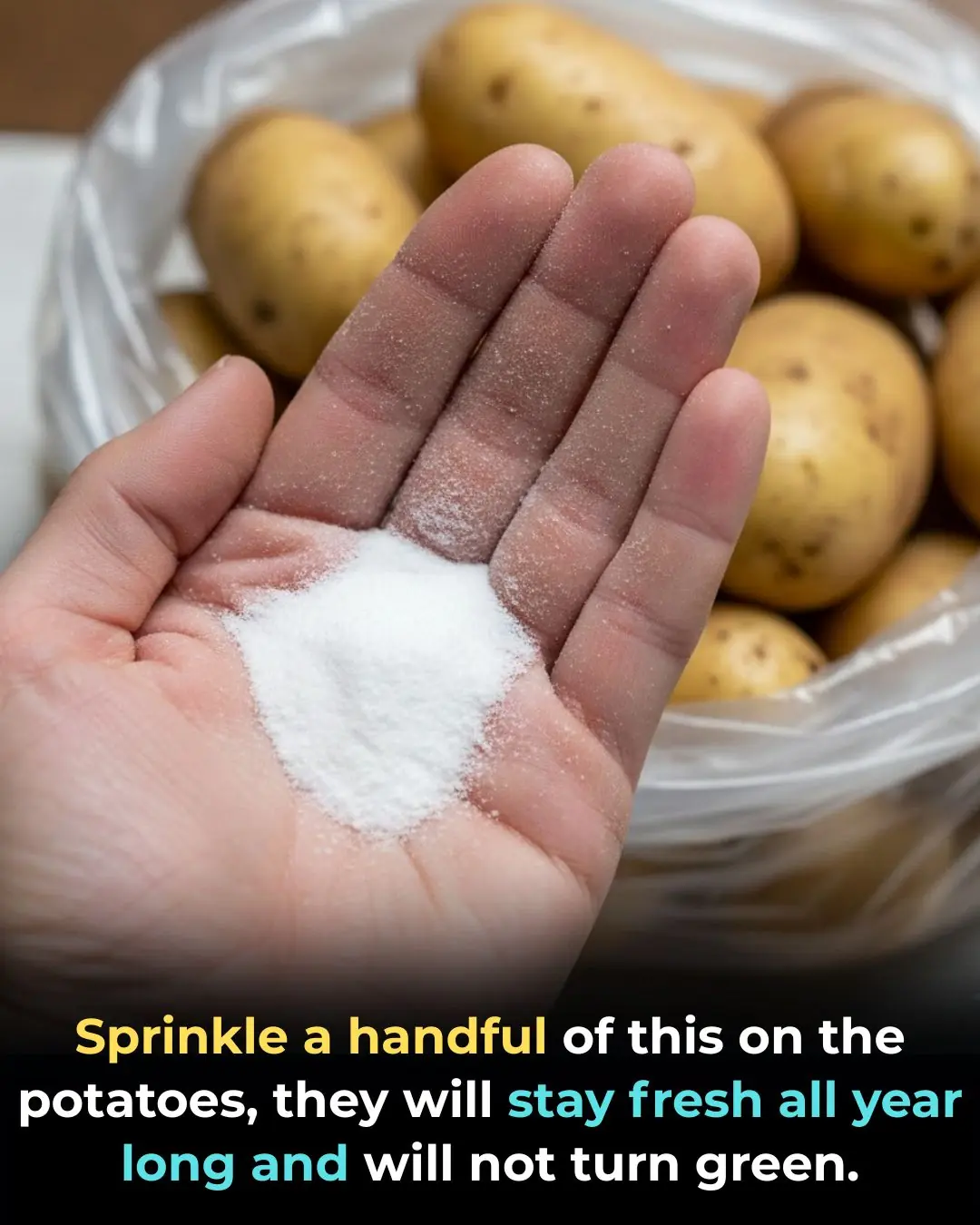
Sprinkle a handful of this on the potatoes, they will stay fresh all year long and will not turn green.

Soak snails in beer, great benefits that many people do not know

Tips for polishing leather shoes without using shoe polish, only use household materials

The most effective way to get rid of ants from the house using spices that every family uses, easy to see results immediately

The secret to preserving ripe, green avocados in the refrigerator, using them for a whole month without worrying about them spoiling

Mosquitoes fear this the most. Put it in the house and you won't see any mosquitoes, sleep well all night.

How does the washing machine self-clean mode work?

White House Gives Major Update On Donald Trump's

What’s with the white paint on the tree trunks?

Riot Women ending: Kitty’s double prison twist as Sally Wainwright drama concludes series one on BBC One

Inside Shona McGarty’s love life – from romance with two EastEnders co-stars to failed first engagement

Everything Mike and Zara Tindall have said about moving to Australia

Strictly Come Dancing week 8: lots of emotions on show but is it time to shake things up?

Meghan Markle ‘breaks silence’ on set of new movie as she ‘admits she’s rusty’

Harleymoon Kemp on ‘disaster’ love life after finding out partner ‘had secret family’

Prince Harry’s sad comments about ‘tainted’ relationship with Caroline Flack

Too Friendly for Police Work, Perfect for Your Home: Adopt Former Service-Dog Trainees

Strictly backlash as Carlos Gu accused of ‘fake’ crying after judges’ comments to partner Karen Carney
